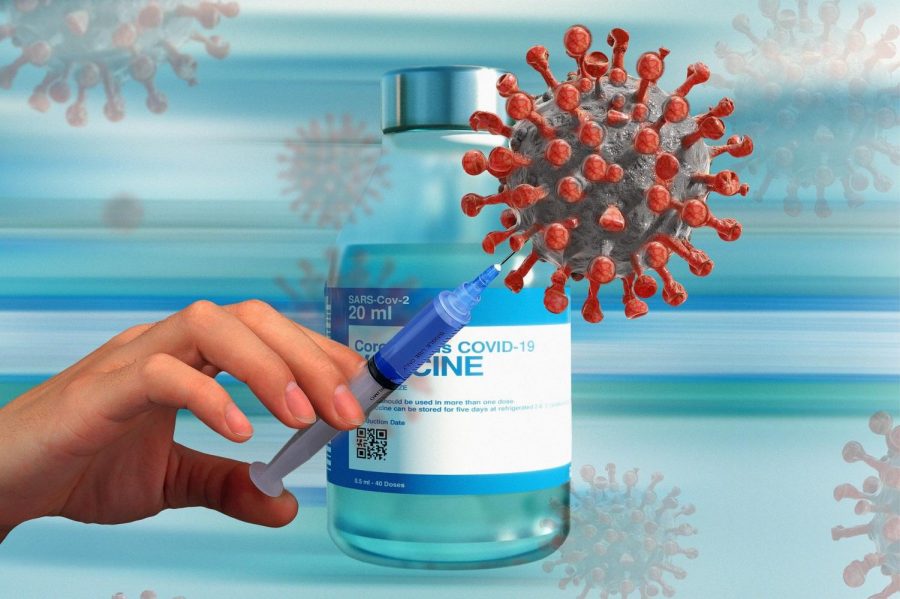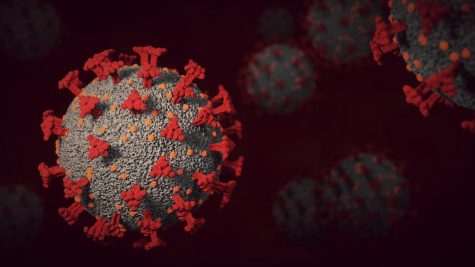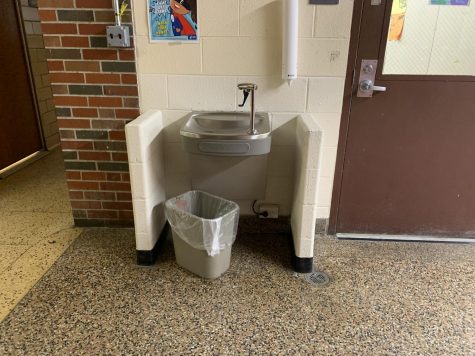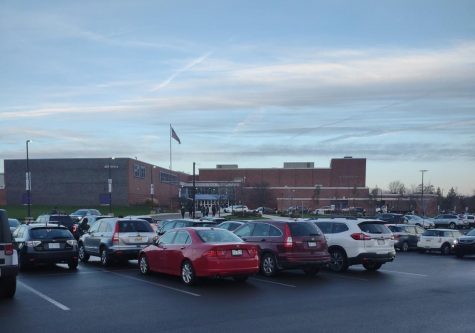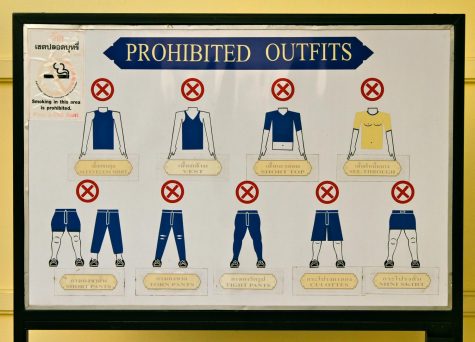The U.S. should stay closed–at least for now
As we pass the one year mark since our country was shut down, controversy still remains over how to best stay safe with a still-spreading, extremely dangerous virus. Many states have, to different degrees, reopened in spite of the ongoing pandemic. This is a peculiar and unwise move, especially considering that the end of the pandemic is in sight. The past year has been hard on everyone, and people want to get back to their lives. But we must remain vigilant, despite the apparent actions from certain states.
The U.S. alone has seen over half-a-million deaths from the Coronavirus, and there will be more over the coming months. There is some good news, though, the Biden administration has announced that all Americans that wish to receive a vaccine will be eligible by the first of May. The vaccines will dramatically reduce the number of people who fall ill to this terrible pandemic, and they will bring about a speedy end to the extended quarantine that has become the “new normal.” Fifty-eight days into Biden’s term Americans already have received over 100 million vaccinations- 42 days ahead of what Biden had originally promised. Though many are still suspicious over the hastily approved vaccines, it is the only way to end this pandemic that has gone on far too long. That would mean that we could go to visit family, see friends, take in a ballgame, and dine in restaurants. For those who complain about mask wearing, the sooner the pandemic ends, the sooner we can all rip off our masks triumphantly. The key is getting vaccinated and staying patient.
Unfortunately, certain state leaders disagree. The governors of Alabama, Ariona, Mississippi, Texas, and West Virginia practically ended all of their Covid-19 restrictions, while governors in Arkansas, Connecticut, Iowa, Montana, North Dakota, Oklahoma, and South Carolina severely cut most of their previous Covid-related orders. Among those 12 states, mask mandates were shortened or ended, indoor dining or crowded gatherings were made legal, and/or social distancing guidelines were lifted. Meanwhile, some states, most notably Florida, had rolled back restrictions long ago, and Alaska and Georgia never issued statewide mask mandates to begin with. These governors and the citizens of these states were feeling particularly safe given the increasing vaccination numbers. They felt it more important to reopen their economies and get kids back in schools. Those are valid reasons, yet still not worth the risk of exposing people to Covid. Everyone feels impatient. It’s natural; we’ve been cooped up for a year now, but we must stay cautious down the home stretch.
If people want a magic cure to make this pandemic go away, the vaccines are the closest that we’re going to get. Unfortunately, there has been a considerable amount of confusion revolving around these vaccines, and it’s important to stop that confusion. To start with, there are three vaccines in the United States: Pfizer-BioNTech, Moderna, and Johnson & Johnson. All of those three have been recommended by the Food and Drug Administration for emergency use. The Pfizer and Moderna vaccines require two doses, while the Johnson & Johnson vaccine requires just one. Additionally, the Astrazeneca vaccine has started to be used worldwide, though not yet in the U.S. The two-dose vaccine has made headlines over the controversy of if it’s safe for people over 65 years of age. While none of these vaccines are 100% effective, all of them are effective enough to mostly stop people from getting Covid, and they all reduce the symptoms for those who do contract the virus.
There are many different concerns over the safety of the vaccines. People may wonder if such a new vaccine really is okay for human use. According to the Center for Disease Control, the vaccines have all been tested in clinical trials, and approved by the FDA. It is true that some people do experience pain in the arm, fever, chills, stomach issues, or headaches after getting the vaccine, particularly after a second dose. Most of these symptoms reportedly subside within two days and are not harmful in the long term. Finally, a small number of people have expressed concern over the government implanting chips into them through these vaccines, so that they may track innocent American citizens. That is laughably false, and should not stop anyone from getting a vaccine. To sum up, the vaccines are largely safe and mostly effective, and every American should make it a priority to get a vaccine, so that the country can reopen safely.
It would take about 70-85% of the U.S. population getting the vaccine for there to be herd immunity. Odds are, those numbers will never be achieved, and that’s okay. If we, as a country, were going to wait until the very last Covid case was gone, we would be in lockdown for the better part of the next decade. But if we can get to a point where 60-65% of the country has been vaccinated, then the spread of Covid will be so low that we will soon be ready to go back to our regular lives. We are not at that point. Thus far, we are moving pretty quickly, but only between 20 and 30% of the population is partially vaccinated, and a lower percentage is fully vaccinated. We will get there, and we will get there soon. But unlike in the states that have reopened for business, we need to wait just a little bit longer to give people the chance to get vaccinated. Get the vaccine. Wait patiently. It’s almost over.

